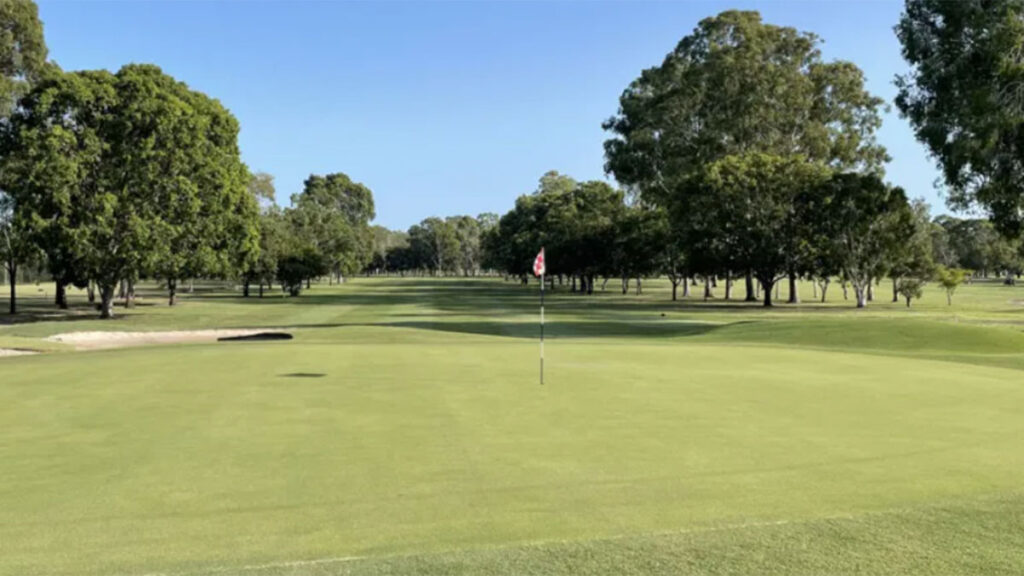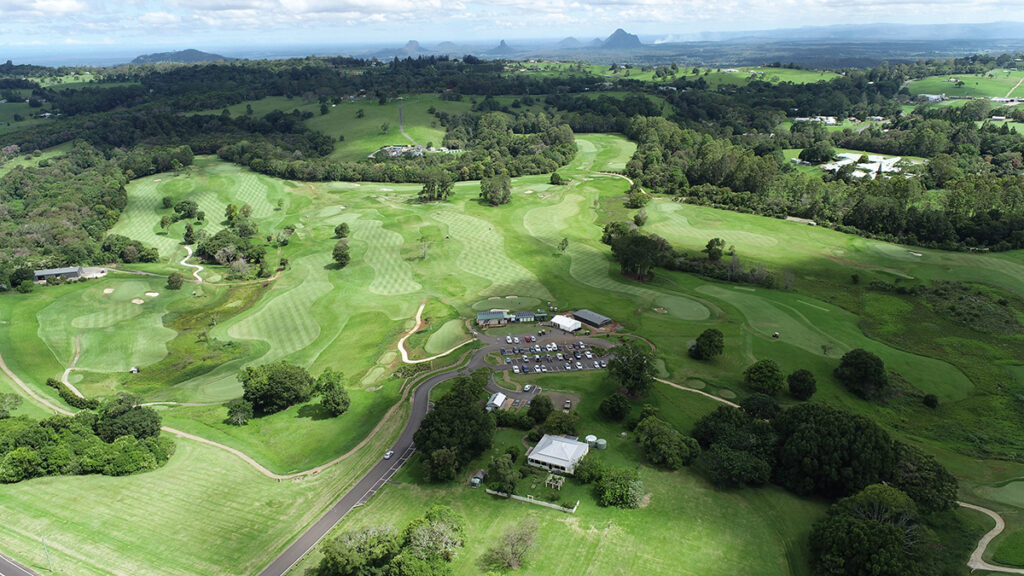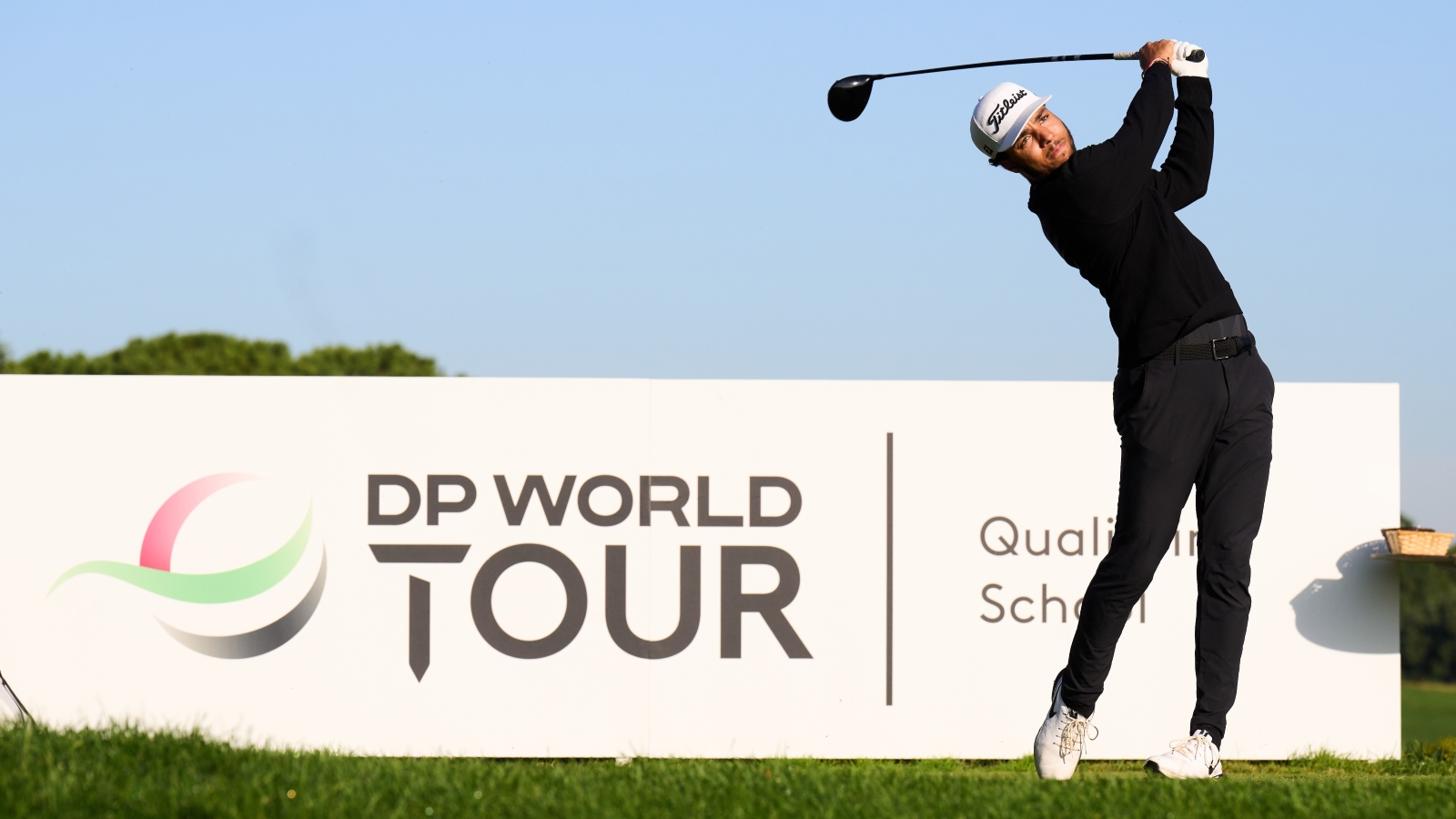The Best Golf Town In Australia: Queensland – Australian Golf Digest

- by Admin
- September 25, 2024

The third instalment in our nationwide series switches the focus to the seven best golf towns in Queensland.
The Sunshine State has an affinity with Australian golf having produced many fine players, including six major winners. Many honed their skills in Queensland’s rural and country areas, away from the big smoke.
To identify The Best Golf Towns in Queensland, we chose to omit urban areas with a residential population in excess of 100,000. This precluded Brisbane, the Gold Coast, much of the Sunshine Coast and the likes of Townsville (179,011 people), Cairns (153,181) and Toowoomba (142,163) from consideration.
Along with internal discussions, we consulted Golf Queensland for advice on The Best Golf Town in Australia. In the past two issues, Bowral claimed bragging rights for New South Wales while Barwon Heads claimed the gong for Victoria. The Queensland candidates are listed here in alphabetical order.
Beaudesert
With a population of 6,752 residents, Beaudesert has left an indelible mark on Australian golf. Former world No.1 Jason Day was born and raised there and first started playing golf at Beaudesert Golf Club at the age of 6. His first club was a cut-down 3-wood that his father Alvin found at the local tip.
Beaudesert Golf Club (5,537 metres, par 72) features dramatic topography synonymous with the Scenic Rim of South-East Queensland. The par-5 16th is nicknamed ‘Cardiac Hill’, so-named after the severe, 100-metre incline from tee to green. The elevated 17th tee has spectacular views over the eucalyptus gum treelined fairways and surrounding countryside.
Day briefly attended the nearby Kooralbyn International School where fellow professionals Adam Scott, Steven Bowditch and Andrew Buckle also studied as well as Olympic 400-metres champion Cathy Freeman. There Day had access to Kooralbyn Valley Golf Course, designed by eccentric British architect Desmond Muirhead that opened in 1979 and triggered the resort-golf boom on the Gold Coast. At the urging of coach Colin Swatton, Day later attended Hills International College in Jimboomba and honed his game at the Hills Golf Club/Hills Golf Academy.
Where to stay: For something completely different, Ketchup’s Bank Glamping is a private retreat ‘with the romance of camping under the stars’.
Bribie Island
Separated from the mainland by Pumicestone Passage, Bribie Island just north of Brisbane is remarkable for its seclusion, natural beauty and exotic wildlife of dugongs, turtles and dolphins. Just 34 kilometres long and eight kilometres wide, about 38 percent of Bribie Island is uninhabited national park.
For many years the parkland-style Bribie Island Golf Club (6,202 metres, par 72) adequately serviced the local community whose population is capped at 30,000 residents. With a sandy base and great drainage, it co-hosted the 2024 Queensland Amateur men’s and women’s championships.
The 2006 opening of Pacific Harbour Golf & Country Club transformed Bribie Island as a golf destination. Young professionals gravitated to live in the new residential golf community where approximately 650 homes, villas and apartments were built around a Ross Watson layout (6,339 metres, par 72). The design is subtlety contoured around waterways and wetland areas to be ranked at No.83 on Australia’s Top 100 Golf Courses. Pacific Harbour’s par-3 17th boasts the longest sand hazard in the southern hemisphere with a bunker stretching from the front tee all the way to the green.
Where to stay: Located next to Bribie Island Golf Club, Fairways Golf & Beach Retreat offers packages to play both courses.

Bundaberg
Bundaberg is without peer when it comes to combining golf with world-class tourist attractions at the southern tip of the Great Barrier Reef. Mon Repos is the largest turtle rookery in the South Pacific where green and loggerhead turtles nest in the surrounding sand dunes (November-March). A day trip to Lady Elliot Island (46 nautical miles away) offers scuba diving and snorkelling in sparkling waters where manta rays are abundant. Bundaberg Rum distillery and the Bundaberg Ginger Beer factory run informative daily tours.
Bundaberg Golf Club is the town’s oldest course (5,872 metres, par 71) with mature vegetation, wide fairways and numerous birdlife. It’s well manicured however it is prone to flooding due to the location next to the Burnett River. Highly recommended is the 20-minute drive east through canefields to the Coral Cove oceanside residential community. Coral Cove Golf Club is a Graham Papworth design that has hosted multiple Queensland trainee championships and features the longest hole in Australia – a 635-metre monster that is one of only two par 6s. Bargara Golf Club offers superb value with a visitor green fee of just $30 to play a quintessential Queensland layout. The stately Bargara clubhouse provides splendid views over the azure waters of the Coral Sea and is a perfect vantage point for whale-watching season (August-October).
Where to stay: Lady Elliot Island Eco Resort has a range of accommodation, from tents to comfortable units.

Hervey Bay
The humid, subtropical climate of Hervey Bay is an aquatic-lover’s dream with a plethora of water sports. The gateway to Fraser Island is also known as the home of whale watching in Australia.
Kangaroos provide a source of theatre at Hervey Bay Golf Club, a relatively tight layout in native bushland (5,897 metres, par 70). Hervey Bay is home to Lachlan Wood, the 2023 Australian All Abilities champion who suffered a near-fatal car accident at the age of 16. Now in his second year in the PGA’s Membership Pathway Program, Wood created history as an All-Abilities golfer when he won the Tin Can Bay Pro-Am last year with a six-under 66.
Sheltered by Fraser Island, Tin Can Bay Country Club is well worth a visit (5,666 metres, par 72). Tin Can Bay is also one of only two places in Queensland where you can hand-feed a dolphin. Maryborough Golf Club is the region’s longest established golf club. Dan Soutar designed the original layout that opened in 1927 alongside the Mary River.
Where to stay: Oaks Hervey Bay Resort and Spa is less than two kilometres from Great Sandy Straits Marina.

Maleny
With the Glass House Mountains as a backdrop, the Maleny township (population 3,959) in the Sunshine Coast hinterland 90 kilometres north of Brisbane has become a magnet for tourists. The local economy has transitioned from timber and dairy production to a lifestyle community of art galleries, day spas, health retreats and alternative therapies.
Masters champion Adam Scott put Maleny Golf Club on the radar by sharing vision of a practice round there on social media during COVID. Maleny has since enjoyed a cult-like following among golfers eager to test themselves on the undulating Graham Papworth design that features revetted greenside bunkering ($55 midweek/$60 weekend).
Award-winning superintendent Mick McCombe has been acknowledged for his tireless pursuit of excellence, improving the playability and conditioning of the 5,155-metre, par-69 layout. When he arrived a decade ago, the first nine holes were yet to open and there wasn’t a maintenance shed, greens mower or even a bunker rake. A premium membership with unlimited golf is $990 per annum.
Where to stay: Maleny Golf Club recommends Clouds Mapleton (apartment hotel), The Ridge At Maleny (lodge), On Obi Maleny (B&B), Tranquil Maleny (resort), Spicers Tamarind Retreat (hotel) and Hotel Maleny (hotel).

Noosa
The northern stretch of Queensland’s Sunshine Coast appears more like a collection of towns rather than a city sprawl. For that reason it would be remiss to omit ‘Noosa’, although it’s not technically a town but rather the Shire of Noosa (with a population of 56,298 including Noosa Heads, Noosaville and surrounding beachside suburbs).
Noosa is blessed for quality golf within a short drive of the Hastings St entertainment precinct. Noosa Golf Club (formerly Tewantin Noosa Golf Club) was the original home of the Jack Newton Celebrity Classic from 1979. Tewantin’s charming layout and the laid-back party atmosphere were ingredients for ‘The Jack’ to become the most successful pro-am tournament in Australia.
Noosa Springs Golf & Spa Resort is the shire’s premier course. The Graham Papworth layout (6,180 metres, par 72) meanders through waterways, tropical vegetation and a residential community known for its visually stunning terracotta rooftops. A new irrigation system has improved conditioning and seen Noosa Springs ranked 100th on Australia’s Top 100 Courses.
Elsewhere, Peregian Springs Golf Club is the centrepiece of another residential community where Adam Scott’s father Phil designed a parkland-style layout. Noosa Valley Country Club is a hidden gem while the 36 holes at Noosa Hills Par 3 Golf Course range from 88 to 179 metres and are superbly maintained for those wishing to hone their iron play/short game.
Where to stay: Noosa Springs Golf & Spa Resort has everything for the weekend getaway with luxurious accommodation, fine dining and an award-winning day spa.
Port Douglas
Famous for its swaying palm trees on Four Mile Beach, Port Douglas is an iconic holiday destination where rainforest meets the reef. Located 73 kilometres north-west of Cairns in Tropical North Queensland, Port Douglas is a perfect juncture for those wishing to explore the Great Barrier Reef and Daintree Rainforest.
Golf has been a staple in Port Douglas ever since media tycoon Christopher Skase envisaged turning the once sleepy fishing village into a dynamic tourist hotspot. Skase funded the construction of Sheraton Grand Mirage Resort Port Douglas. In the 1980s, Mirage Country Club hosted exhibition matches featuring Greg Norman Jack Nicklaus, Nick Faldo, Fred Couples and Ian Woosnam.
Today, the jewel in the crown is Palmer Sea Reef Golf Course (6,135 metres, par 71) with all its humps and swales. Peter Thomson’s long-time design partner Mike Wolveridge conceived a ‘links’ in the tropics as it lies on terrain from where the sea receded. Formerly known as Sea Temple Golf Club, it now bears the name of mining magnate Clive Palmer.
A 20-minute drive north of Port Douglas is Mossman Golf Club, a delightful layout (5,879 metres, par 72) where fairways are framed by lush vegetation with towering canopies. Half Moon Bay Golf Club at Yorkeys Knob on the northern outskirts of Cairns is another picturesque layout that isn’t overly long (par 70, 5,129 metres).
Peak season for Port Douglas is April through September when daily temperatures are in the mid-20s. It’s best to avoid the monsoonal wet season (January-March) while humidity in the pre-Christmas period (November-December) isn’t conducive to good golf.
Where to stay: Some of the best resorts in Port Douglas are located a few kilometres away from the town centre and linked to Four Mile Beach by a frequent shuttle-bus service.
And the winner is: Bundaberg
With relatively modest green fees, affordable membership subs, good practice facilities and world-class tourist attractions, Bundaberg embodies the qualities of what a great golf town looks like for locals and visitors. It now moves on to our national final (in the February 2025 issue) as the Queensland representative.
The Latest News
-
November 15, 2024Red Dawn: Australian Football League’s Gold Coast Suns Launch ‘Fearless’ New Brand, Logo
-
November 15, 2024Kyrgios confirmed to return to ATP Tour at Brisbane International 2025
-
November 15, 2024Australian bounce India’s arch-enemy amid KL Rahul dilemma
-
November 15, 2024Nick Kyrgios set to make long-awaited return to tennis as comeback date revealed
-
November 15, 2024List wins elusive DP World Tour card, Barron loses his





